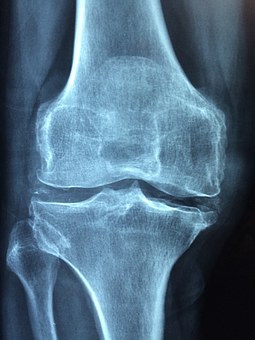Inflammation the Root Cause of Disease
Is inflammation the root cause of disease? As a Thermaographer inflammation is something I look very closely at. It seems today that many health professionals are treating symptoms and not digging deep enough to determine the cause of the symptoms in the first place. With Thermograrphy we can visually assess inflammation in the body and how it is affecting your body to create symptoms.
So what is Inflammation?
Inflammation is a vital part of the human immune system. When harmful bacteria or viruses enter your body, when you scrape or twist your knee, the body’s defense system kicks into high gear. Chemicals ramp up the body to fight, bathing the damaged area with blood, fluid, and proteins; creating swelling and heat to protect and repair damaged tissue; and setting the stage for healing.
Sentinel cells first alert the immune system to the presence of invaders. Another set of cells releases chemicals that signal the capillaries to leak blood plasma, which surrounds and slows down trespassers. Another group of sentinels, called macrophages, releases cytokines, which are specialized germ fighters. Immunizing B- and T-cells join in, destroying both the pathogens and the tissues they have damaged. Finally, a last wave of cytokines is released to end the job and signal the immune system that its work is done. Its mission completed, the immune system calls off its dogs.
When our body’s powers of correction go wrong, however, they can work against us. Think of the acute heat and swelling that protect us during a normal immune response—a fever, or the redness and pain that surround a new injury, for example—and you can get a hint of what chronic inflammation is. Unlike the inflammation that follows a sudden infection or injury, the chronic kind produces a steady, low level of inflammation within the body that can contribute to the development of disease. It’s the result, in part, of an overfiring immune system. Low levels of inflammation can get triggered in the body even when there’s no disease to fight or injury to heal, and sometimes the system can’t shut itself off. Arteries and organs break down under the pressure, leading to other diseases, including cancer and diabetes.
When it comes to inflammation, there are two different kinds we need to look at.
- Acute inflammation – acute inflammation starts suddenly but then usually dissipates after a couple of days. Some examples of cases of acute inflammation include a sore throat, acute bronchitis, or acute sinusitis.
- Chronic inflammation –
What Causes Inflammation?
There are a number of things that can cause inflammation including diet and lifestyle choices. When we eat foods packed with toxins and expose our bodies to environmental toxins, it can affect the immune system. The lymphatic system tries to help clean up the toxins, but eventually stagnants and in places gets blocked. This creates the perfect dirty pool to create more inflammation
Inflammatory foods:
- Trans-fats
- Hydrogenated fats
- Sugar
- Refined carbohydrates
- Conventional animal products
- Conventional dairy
Environmental toxins that cause inflammation:
- Food pollutants
- Toxic metals such as mercury
- Stress
Inflammatory conditions
- Early signs of aging
- Increased susceptibility to infection
- Cancer
- Acid reflux
- Arthritis
- High blood pressure
- Heart disease
- Candidiasis
- Urinary tract infections
- Skin conditions
- Diabetes
- Bronchitis
.So how do we Reduce Inflammation?
Dietary and lifestyle changes are at the forefront of reducing the inflammation in your body. If you eliminate the foods that may be triggering an inflammatory response and uncover foods your body may be sensitive to, you allow your body to reduce that inflammatory response. However, that’s only one step. It’s also important to follow an anti-inflammatory diet and to make healthy lifestyle choices to get inflammation under control.
Here are some ways you can begin reducing the inflammation in your body today:
- Reduce stress
- Get tested for food allergies and sensitivities and remove reactive foods
- Eliminate sugar & processed foods
- Eliminate trans and hydrogenated fats
- Stick to grass-fed and organic animal products when possible
- Consume anti-inflammatory foods such as leafy green vegetables, berries, wild-caught salmon, walnuts, herbs, and spices
- Get at least 8 hours of uninterrupted sleep per night
- Include light to moderate exercise into your weekly routine

